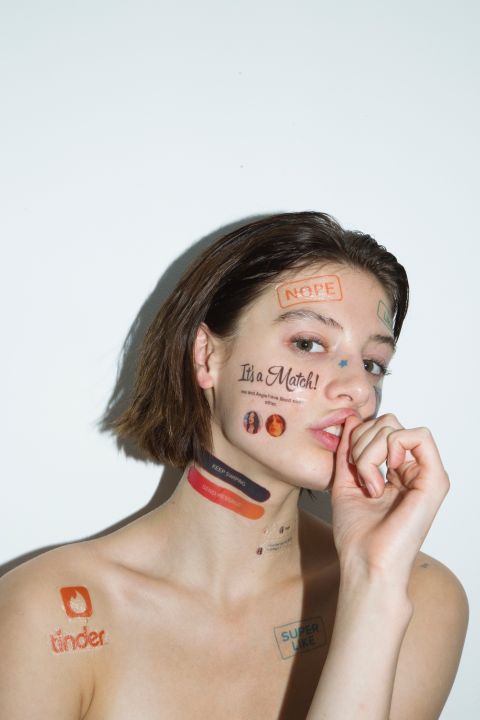
Since its invention in 2007, the smartphone has revolutionised our communication and media use worldwide within a very short space of time and has become an indispensable part of our lives. Almost two decades after this disruptive technological innovation, the Alexander Tutsek-Stiftung's new exhibition entitled The World in My Hand explores the traces of the smartphone in contemporary art. Around 50 works by 35 artists are on display in the BlackBox and primarily include sculptures with glass and contemporary photography. Some of the exhibited artists are world-famous, such as Erwin Eisch, Karin Sander, Cornelia Parker, Edward Burtynsky, Ai Weiwei and Julian Opie. Others are still young discoveries.
The World in My Hand shows the smartphone as an object and aesthetic starting point for artistic creation, and tells of the social debates that the diverse use of smartphones entails: from always-on media consumption to digital detox, from swiping and matching to ghosting and blocking, from language atrophy to information overload, from resource depletion to status symbol.
The majority of the exhibits are on loan from all over the world. Five works come from the Foundation's collection (Erwin Eisch's sculptures Im Traum höre ich die Gräser wachsen ..., Daumen, Windlicht as well as Alejandra Seeber's Speech Bubbles and Ariane Forkel Casanovas Kabinett) and two sculptures with glass were purchased for the exhibition (Jeffrey Sarmiento's work Encyclopaedia Warp and Shige Fujishiro's McDonald's - BurgerKing).
The two curators, Dr Jörg Garbrecht and Katharina Wenkler, have chosen a narrative approach for the exhibition. They summarise various aspects and debates surrounding the smartphone in eight chapters, ranging from the birth of the technical companion to the characteristic touchscreen and the contraction of time and space made possible by the smartphone. Very personal moments of experience - such as Ai Weiwei's selfie at the moment of his arrest or Sergey Melnitchenko's photograph of his son during a blackout in Kiev - appear just as much as the themes of self-perception and self-staging, realised in the glass sculpture Stability by Julija Pociūtė. Other subjects include the longing for love, such as in Ariane Forkel's Casanova's Cabinet or John Yuyi's Tinder Match, and the complexity of communication in James Akers or Alejandra Seeber's works, including the smartphone as a means of communication during pandemic-related isolation in the works of George McLeod. Edward Burtynsky's photographs of lithium fields in the Atacama Desert also focus on the topic of raw materials.